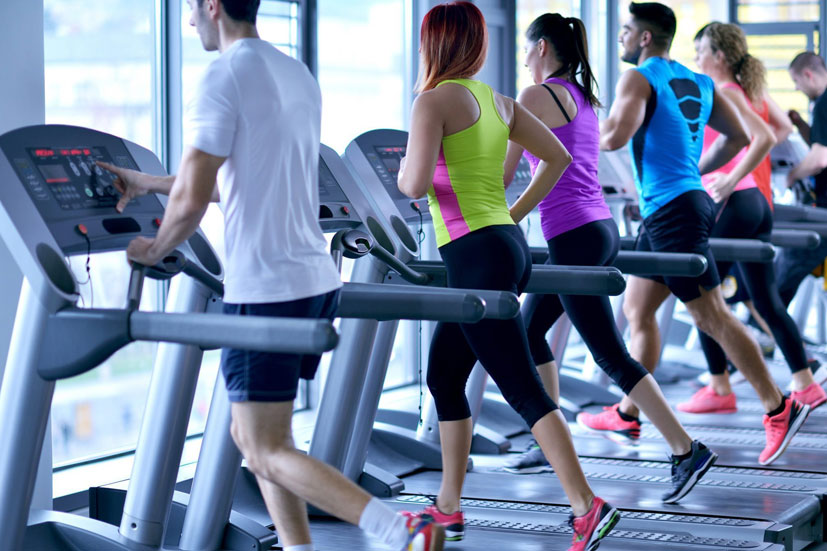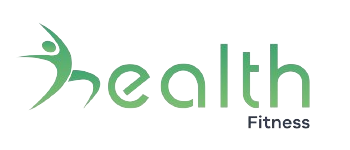Tone Your Core and Shoulders with a Russian Twist

Not quite an advanced athlete? Or are you simply looking to tone the midsection and develop that all-important core strength? Skip the Russian twist and check out the additional abdominal exercises we included.
Below are directions for how to do a traditional Russian twist, along with variations and additional abdominal exercises.
How to do a traditional Russian twist
The Russian twist is thought to be named after one of the exercises developed for Soviet soldiers during the Cold War, though its popularity today makes it a universal exercise.
Exercise pointers
Here are a few pointers to keep in mind as you get started:
- For beginners, press your feet into the floor or extend them straight out as you get a feel for the movement.
- Breathe steadily and deeply. Exhale with each twist, and inhale to return to the center.
- As you twist, keep your arms parallel to the floor or reach down to tap the floor beside you.
- Engage your abdominal and back muscles throughout the exercise.
- For more stability, cross your lower legs.
- Maintain a straight spine, and avoid slouching or rounding your spine.
- Allow your gaze to follow the movement of your hands.
Exercise instructions
Here’s how to do a Russian twist:
- Root into your sit bones as you lift your feet from the floor, keeping your knees bent.
- Elongate and straighten your spine at a 45-degree angle from the floor, creating a V shape with your torso and thighs.
- Reach your arms straight out in front, interlacing your fingers or clasping your hands together.
- Use your abdominals to twist to the right, then back to center, and then to the left.
- This is 1 repetition. Do 2 to 3 sets of 8 to 16 repetitions.
Variations on the Russian twist
The Russian twist is thought to be named after one of the exercises developed for Soviet soldiers during the Cold War, though its popularity today makes it a universal exercise.
Weighted twist
Hold a dumbbell, weight plate, or medicine ball between both hands. If you don’t have a weight, grab a compact household item. Choose a weight that allows you to maintain proper form.
Twist the same way as the original variation, keeping the weight at chest level or tapping it to the floor each time.
Leg-cross twists
- As you twist to the right, cross your right calf over your left.
- Uncross as you twist back to the center.
- Cross your left calf over your right as you twist to the left.
Punch twists
With this movement, do a punching motion with your fists instead of using a weight.
- Sit with bent knees and your feet pressing firmly into the floor, holding your hands next to your chest.
- Sit back slightly, keeping your spine straight.
- Exhale as you twist to the left, punching your right arm over to the left side.
- Inhale back to center, and then do the opposite side.
- This is 1 repetition.
Decline twists
- Sit on a decline bench with your hands together or holding a weight.
- Twist in the same way as the original version.
Precautions
In general, the Russian twist is safe for most people. Talk with your doctor or personal trainer if you have any injuries or health conditions that may be affected by this exercise.
Use caution when starting this exercise if you have or develop any concerns about your neck, shoulders, or low back. This exercise has the potential to cause or exacerbate pain in these areas.
Are there other exercises that work these same muscles?
The Russian twist is thought to be named after one of the exercises developed for Soviet soldiers during the Cold War, though its popularity today makes it a universal exercise.
Here are some exercises you can do in place of, or in addition to, the Russian twist. These options may be more gentle on your low back or simply feel better for your body.
Side plank
Variations of this exercise include placing your bottom knee on the floor, lifting your top leg, and lowering your hips to the floor and back up again.
- Lie on your left side with your feet stacked or with one foot in front of the other.
- Place your right forearm or hand on the floor in front of you and lift your hips off the ground.
- Keep your hips lifted to form a straight line from the feet to the head.
- Hold this position for up to 1 minute.
- Do each side 2 to 3 times.
Heel touches
To begin this exercise, lie on your back with your knees bent and your feet on the floor near your hips.
- Extend your arms alongside your body.
- Engage your core as you lift your head and upper body slightly.
- Reach your right arm forward toward your toes.
- Hold this position for 1 to 2 seconds.
- Return to the starting position.
- Then do the left side.
- Continue for 1 minute.
Forearm plank twists
To do this exercise, start from a forearm plank position.
- Rotate and drop your hips over to the right side.
- Gently tap the floor with your hip before returning to the starting position.
- Then do the left side.
- This is 1 repetition.
- Do 2 to 3 sets of 8 to 12 repetitions.
Bird dog
Begin from a tabletop position.
- Engage your core as you extend your left arm and right leg.
- Gaze down toward the floor, keeping your spine and neck in a neutral position.
- Hold this position for 5 seconds, keeping your shoulders and hips square.
- Return to the starting position.
- Then do the opposite side.
- This is 1 repetition.
- Do 2 to 3 sets of 8 to 16 repetitions.
Key takeaways
The Russian twist is thought to be named after one of the exercises developed for Soviet soldiers during the Cold War, though its popularity today makes it a universal exercise.
Russian twists are a fantastic core exercise to add to your routine or to use as a base to build one.
Start slowly in the beginning, and allow yourself time to recover after each core workout. Be mindful of how your body reacts to the exercise and adjust accordingly, even if it means choosing an easier variation or taking a break from time to time.
For best results, do Russian twists in addition to cardio, stretching, and strengthening exercises.
The Benefits of a Reverse Crunch and How to Do It Correctly
The reverse crunch is a challenging core exercise that primarily hits your rectus abdominis, the muscle in your abdomen that makes up your “six-pack.”
It’s a simple exercise that you can pick up in minutes, and is great for beginners and fitness aficionados alike. As you get stronger, you can increase the number of reps and sets to continue to make it more challenging.
Let’s take a closer look at the benefits of a reverse crunch, how to do it correctly, and other effective crunch variations.
What are the benefits of the reverse crunch?
A reverse crunch offers many of the same benefits as the traditional crunch. However, because your neck and most of your back stays on the ground, it’s thought to be easier on your spine.
Here are some of the key benefits of a reverse crunch:
- Strengthens your rectus abdominis. The reverse crunch primarily works your rectus abdominis (your “six-pack”). The primary function of this muscle is to flex your trunk and spine.
- Takes strain off your neck. When doing sit-ups and crunches, people often pull their neck forward with their hands. The reverse crunch keeps your head flat on the ground and your neck out of a vulnerable position.
- Less stressful on your back than crunches. Research has found that reducing how far your spine bends forward during crunches reduces the force on your spinal discs. Since reverse crunches flex your spine less than traditional crunches, they’re thought to be easier on your back.
- Targets other core muscles. Reverse crunches also activate your transverse abdominis, the deep muscle below your abdominals, and your external obliques.
- Easy to set up. All you need for reverse crunches is your own bodyweight. That means you can do them anywhere and anytime you want.
Are there any drawbacks to this exercise?
The Russian twist is thought to be named after one of the exercises developed for Soviet soldiers during the Cold War, though its popularity today makes it a universal exercise.
The reverse crunch doesn’t target your obliques as much as some other core exercises. Your obliques are two layers of muscle on either side of your core that help you twist and bend your trunk.
In recent years, there’s been a shift away from isolated core training for improving athletic performance. Instead, there’s more of an emphasis on performing integrated movements that more closely replicate athletic movements.
If you’re focusing on strength training in an effort to improve your athletic performance, you may want to also include dynamic core exercises into your program. These are exercises that more closely replicate movements in your sport.
For example, a golfer may want to include rotational medicine ball throws to help benefit their golf swing.
